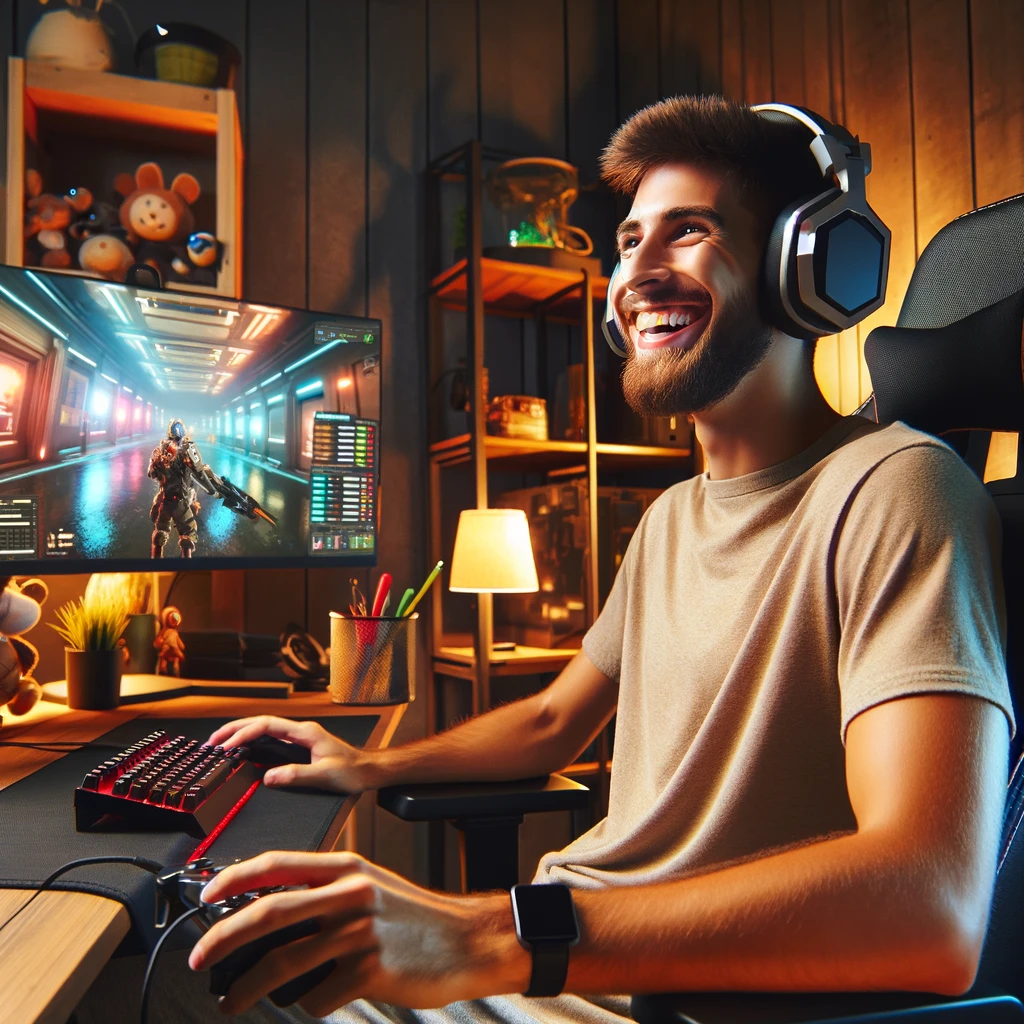In the vibrant world of streaming, maintaining mental and physical health is paramount for long-term success and personal well-being. Streamers often face unique challenges, including the mental toll of public scrutiny and the physical demands of prolonged sitting and screen time. Balancing the excitement of live broadcasting with health considerations is essential. By acknowledging these challenges, streamers can adopt strategies to safeguard their mental equilibrium and physical health, ensuring they thrive in their careers while fostering a positive, vibrant community.
Section 1: Understanding the Risks
Understanding the risks associated with streaming is crucial for safeguarding both mental and physical health. Mentally, the constant pressure to perform, coupled with the fear of losing followers or facing criticism, can lead to stress, anxiety, and even depression. These challenges are compounded by the isolating nature of streaming, where hours are spent in front of a screen without direct human interaction. Physically, the sedentary lifestyle that often accompanies long streaming sessions can result in a range of issues, from eye strain due to prolonged exposure to screens, to repetitive stress injuries caused by inadequate ergonomics. Additionally, the lack of movement can contribute to more severe health problems over time, including cardiovascular disease. Recognizing these risks is the first step towards developing strategies to mitigate their impact, ensuring a healthier, more sustainable career in streaming.

Section 2: Mental Health Strategies
To manage mental health while streaming, it’s crucial to develop strategies for stress and anxiety, set boundaries, manage expectations, stay motivated, and handle negative feedback effectively. Stress management techniques, such as regular breaks and mindfulness exercises, can be beneficial. Establishing clear boundaries around streaming hours and interaction levels helps maintain a healthy work-life balance. Keeping realistic expectations about growth and success can alleviate pressure. Staying motivated through goal setting and celebrating small wins is key. Lastly, learning to process and respond constructively to negative feedback is essential for resilience. These strategies collectively support a healthier mental state for streamers.
Section 3: Physical Health Tips
Fostering physical health as a streamer involves prioritizing ergonomics, incorporating regular breaks and exercises, and maintaining proper nutrition and hydration. Ergonomically setting up your streaming environment reduces the risk of repetitive stress injuries and improves overall comfort. Regularly scheduled breaks encourage movement, reducing the negative impacts of a sedentary lifestyle. Exercises tailored for streamers can address common physical strains related to streaming. Additionally, a balanced diet and adequate hydration are crucial for maintaining energy levels and focus, enhancing overall performance and well-being during streaming sessions.

Section 4: Building a Supportive Community
Building a supportive community enhances mental health by providing a sense of belonging and support. Strategies to cultivate such a community include engaging actively and positively with viewers, fostering respectful interactions, and creating content that encourages positivity and inclusivity. Streamers can also host community events or collaborate with other creators to strengthen community bonds. This supportive atmosphere not only benefits the streamer’s mental health but also creates a welcoming environment that encourages viewer retention and growth.
Section 5: Recognizing When to Seek Help
Recognizing the need for professional help is critical in maintaining both mental and physical health. Key signs include persistent feelings of anxiety, depression, or stress that interfere with daily activities or streaming performance. Physical signs could include chronic pain or discomfort related to streaming activities. Resources for support can range from mental health professionals specializing in digital wellness to physical therapists familiar with occupational hazards of streaming. Streamers should not hesitate to seek out these resources when symptoms persist, ensuring they receive the appropriate care to continue their streaming career healthily and sustainably.
Wrapping it up
Balancing health considerations with the demands of streaming is essential for sustainable success in the digital content creation landscape. Streamers are encouraged to integrate wellness practices into their routines, emphasizing the importance of both mental and physical health. Prioritizing well-being not only enhances personal health but also contributes to a more positive and engaging streaming environment. This holistic approach ensures streamers can pursue their passions while maintaining their health and fostering a supportive community around their content.

Additional Resources
For streamers looking for mental health and physical well-being resources, there are several platforms and organizations dedicated to offering support specifically tailored for content creators:
Streamlabs offers guidance on mental and physical health for streamers, emphasizing the importance of taking breaks, maintaining proper posture, staying active, eating healthy, and staying hydrated. Their advice is aimed at preventing mental fatigue and physical strain that can come from long hours of streaming (Streamlabs).
Twitch has partnered with The National Alliance on Mental Illness to provide mental health tips for content creators, focusing on the importance of social supports, establishing coping methods, setting office hours, prioritizing hobbies, and taking breaks. This approach underscores the need for a balanced life to manage the unique challenges of content creation (Twitch Blog).
Take This offers a wide range of resources tailored for streamers and content creators, including information on managing burnout, dealing with online harassment, creating a culture of support within the gaming community, and self-care tools. They also list various apps and tools for mental health, emphasizing that these are supplementary to professional care (Take This).

